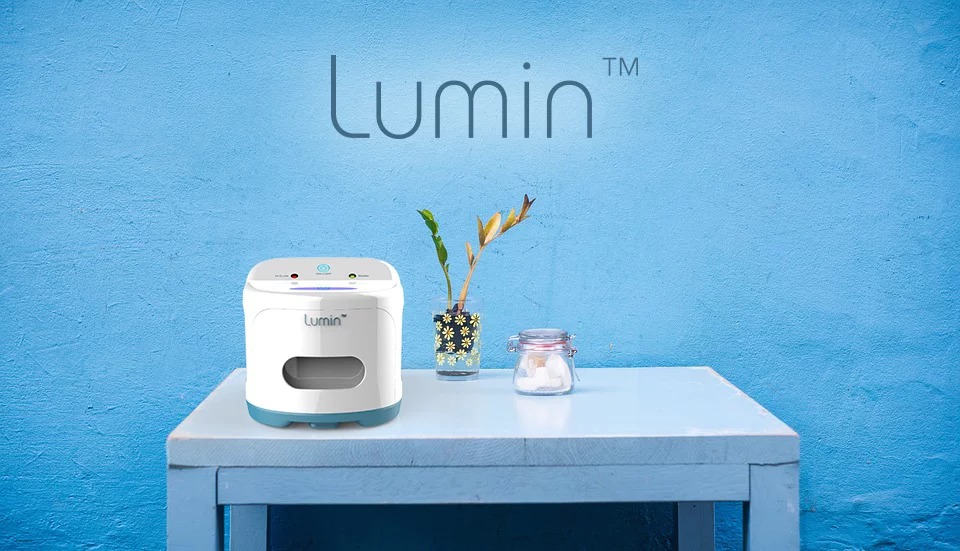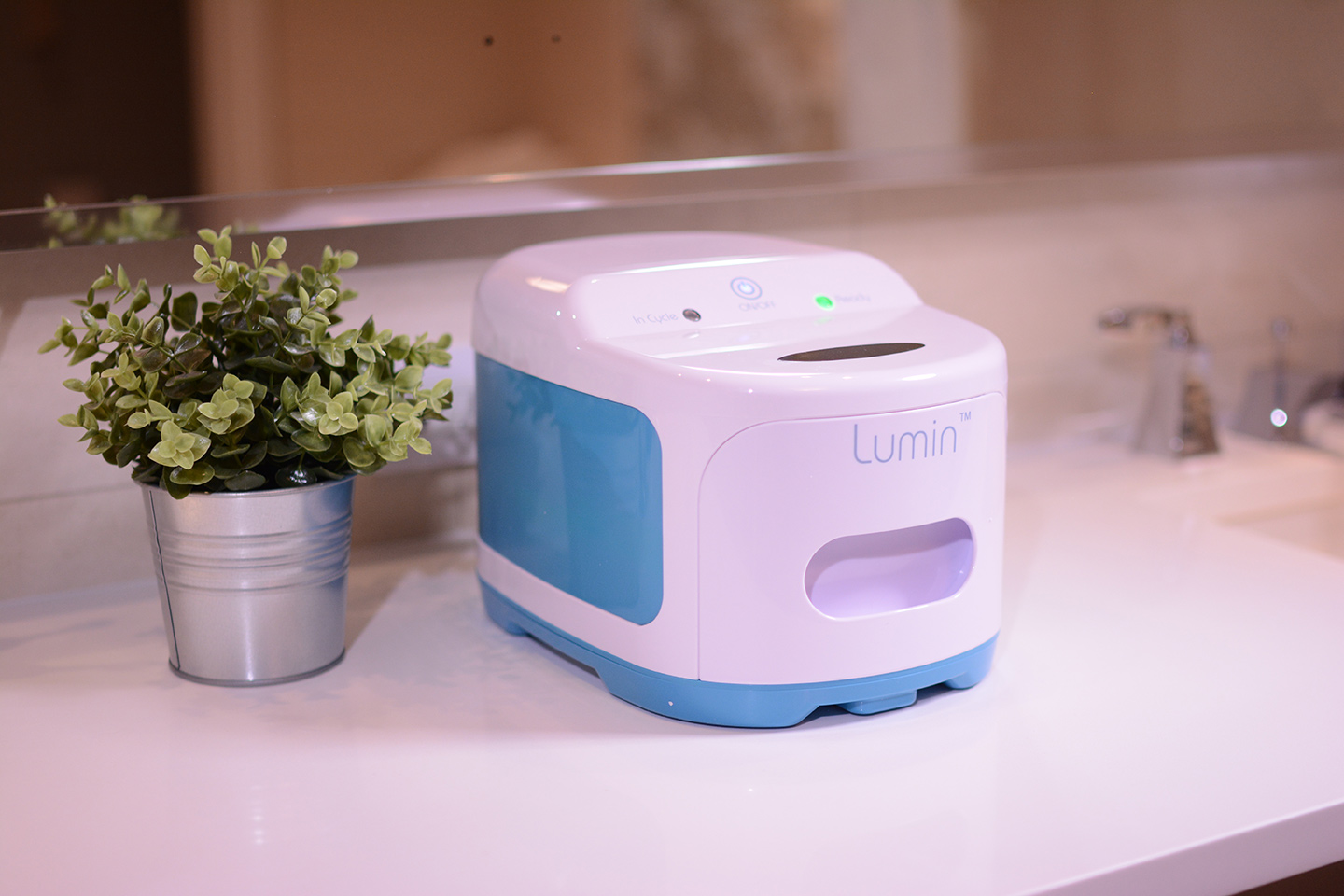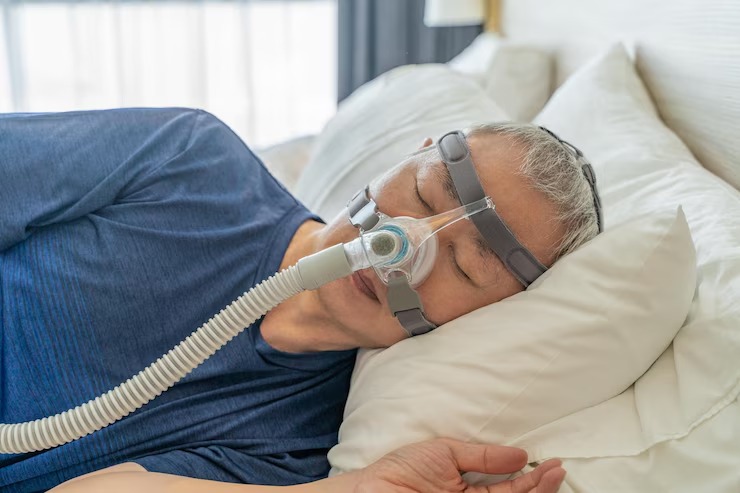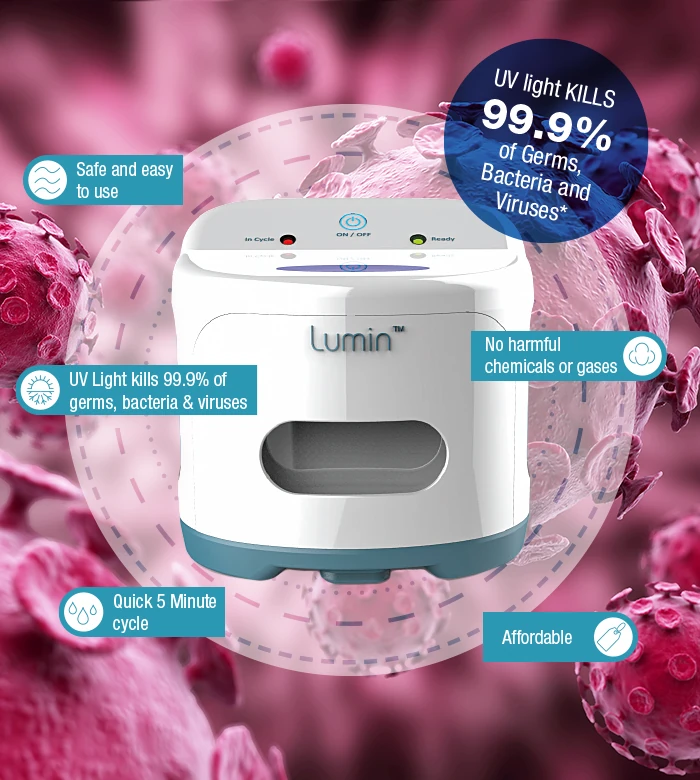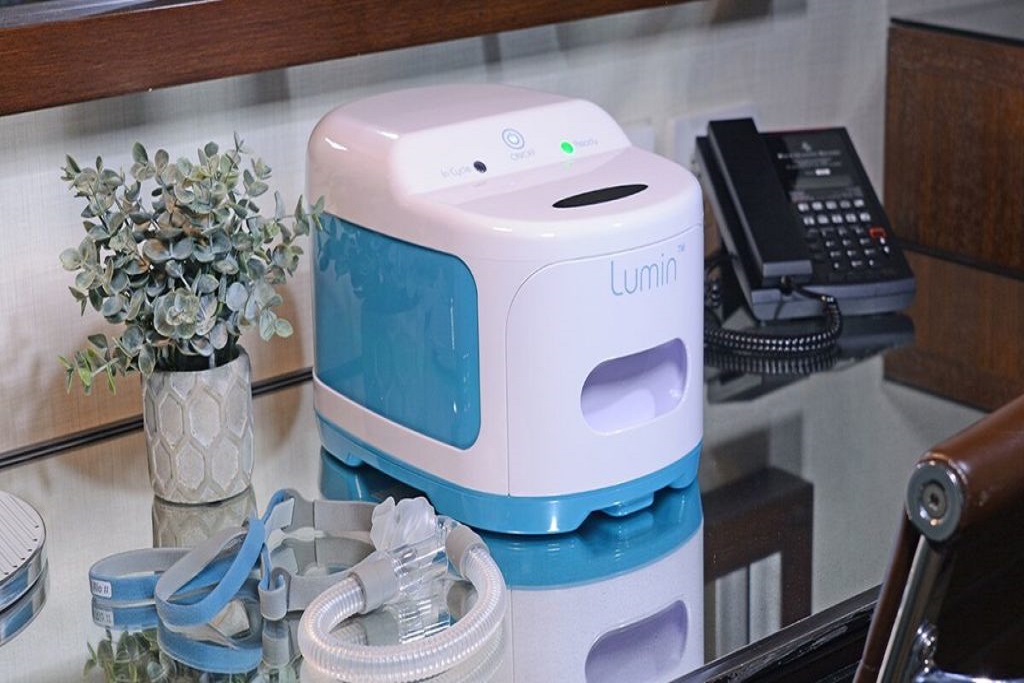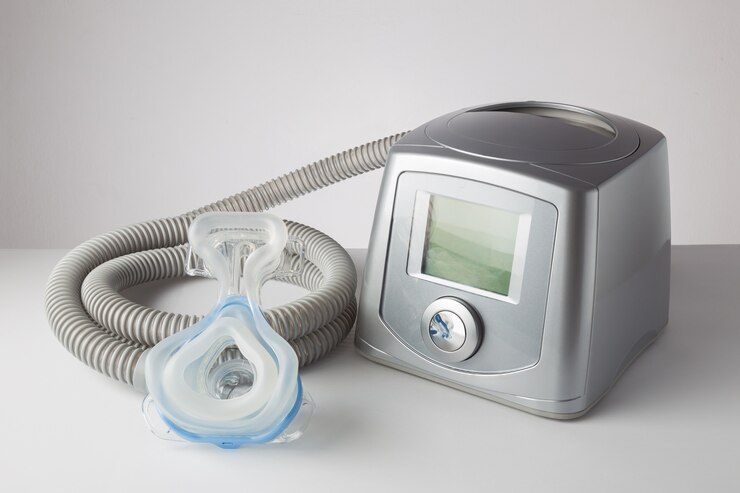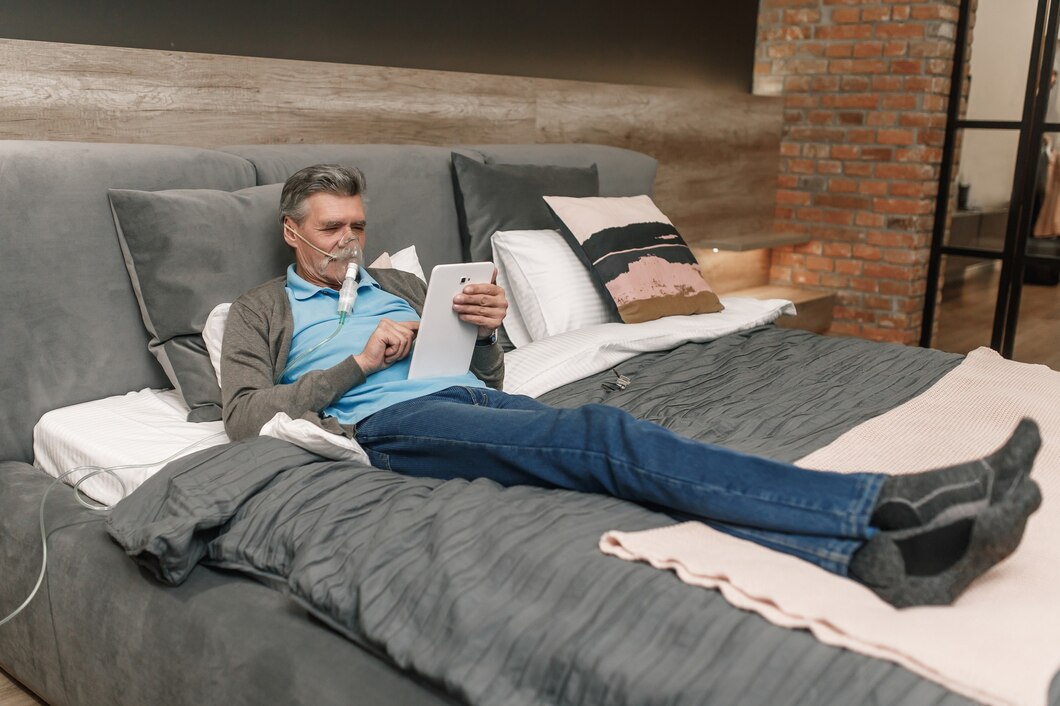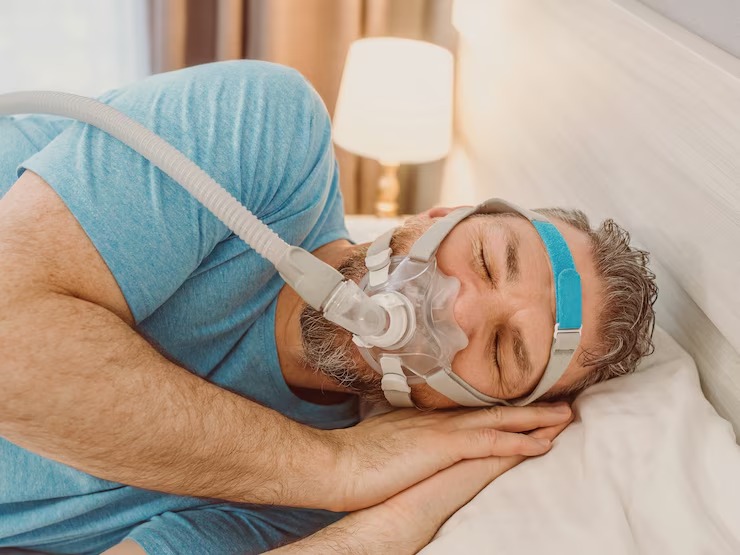Keeping your home devices and personal items clean has become critical in today’s time when there is an increasing risk of viral and bacterial infections. With a rising dependence on smartphones, CPAP devices, and other home gadgets, it’s important to keep them germ-free to maintain good health. Here enters Lumin UV sanitiser machine for home devices and other personal use items. Being one of the top contenders for 2025, Lumin multipurpose sanitiser is an innovative device that combines efficiency, safety, and convenience all in one.
In this blog, we’ll explore why Lumin multipurpose sanitiser is the best UV phone sanitiser and home sanitiser for keeping various daily-use items clean and germ-free.
Why UV Sanitisation Is Essential
UV sanitisation has changed the way we keep our devices clean. With the use of ultraviolet (UV-C) light, one can eliminate harmful microorganisms from their devices without using any chemicals. UV-C light directly targets the DNA of bacteria, viruses, and fungi, leaving them inactive. This method is usually used in hospital operating and cleaning rooms to maintain a sterile environment.
Using a UV sanitiser machine for home devices helps to maintain proper hygiene while extending the lifespan of devices. The best part is that there is no need to use any harmful chemicals that could damage the surface of various devices.
Lumin CPAP Cleaner
It is the best UV phone sanitiser and home device sanitiser that uses UV-C light for cleaning your phone, home accessories, and CPAP accessories.
Features and Pros of Lumin
UV-C Light:
Lumin is integrated with UV-C light that sanitises your device and eradicates mould, viruses, and bacteria without using ozone or harsh chemicals.
Fast Cleaning Cycle:
Another major advantage of using Lumin is its faster 5-minute cleaning cycle to keep devices germ-free from all angles.
No Residual Odour:
Since Lumon doesn’t use ozone to clean the device, Lumin doesn’t leave any bad odour. This makes it pleasant to use without any residual odour.
Versatile:
Lumin Multipurpose sanitiser can be used to sanitize phones, home devices, and CPAP accessories. It can sanitise toothbrushes, hearing aids, keys, and small electronic devices. This makes it a valuable investment for the hygiene and safety of your home.
How Lumin Works
It is a very easy-to-use Lumin CPAP device that’s integrated with UV-C light, which eliminates high-energy light to damage the DNA of microorganisms. All you have to do is open the tray of the Lumin CPAP device, keep your house devices or CPAP accessories in it, close its lid, and push the start button. Within just five minutes, you can sanitise your devices without any hassle.
Why is Lumin the Best Choice
Versatility and Value:
This multipurpose sanitiser can eradicate germs from various household items, including keys, remote controls, phones, etc. This multipurpose ability ensures you can use it to clean ample devices with ease.
Safe and Effective:
The UV-C light is safe and effective to sanitise various devices. Unlike the ozone layer or harmful chemicals, UV-C light doesn’t leave any harmful residues or odours. This advanced technology is used in hospitals and laboratories for sterilization.
Quick 5-Minute Cleaning Cycle:
This rapid five-minute cleaning cycle of Lumin enables users to keep their devices clean quickly and efficiently. This is a beneficial device for busy people who don’t have time to invest in cleaning their devices frequently. Due to the ease and simplicity of this process, one can enjoy the convenience without needing any additional adapters or disassembly of devices.
Lumin for CPAP Users
For people using CPAP cleaner machine, it is important to maintain the hygiene and cleanliness of their accessories for effective therapy. Hence, Lumin CPAP accessories cleaner is a vital companion for CPAP users. With the use of UV-C technology, Lumin can keep CPAP tubing, mask, and water chamber free from harsh microorganisms.
Unlike ozone-based CPAP cleaners that can lead to certain harmful residues, the Lumin multipurpose sanitiser is odour-free, safe, and environmentally friendly. Plus, its chemical-free operation and quick sanitisation cycle make it a preferred choice for many CPAP users.
The Future of Home Hygiene
As we are rapidly approaching 2025, the demand for advanced sanitisation solutions is increasing too. Today, many busy homeowners are looking for advanced solutions that are not only easy to use but make cleaning hassle-free. Therefore, a UV sanitiser machine for the home, such as Lumin multipurpose sanitiser is vital to provide unparalleled safety and convenience. Due to its ability to sanitise various items, it makes a versatile addition to any household.
Be it your smartphone or any other daily use item, Lumin ensures every device remains germ-free from all angles. Within only 5 minutes, it can sanitise any household device, leaving your home devices free from harmful germs.
Therefore, Lumin Multipurpose Sanitiser is undoubtedly among the UV phone sanitiser and home sanitisers to choose from in 2025. Invest in this advanced UV santiser device today and experience the peace of mind and convenience of a well-cleaned and sanitised home like never before.

